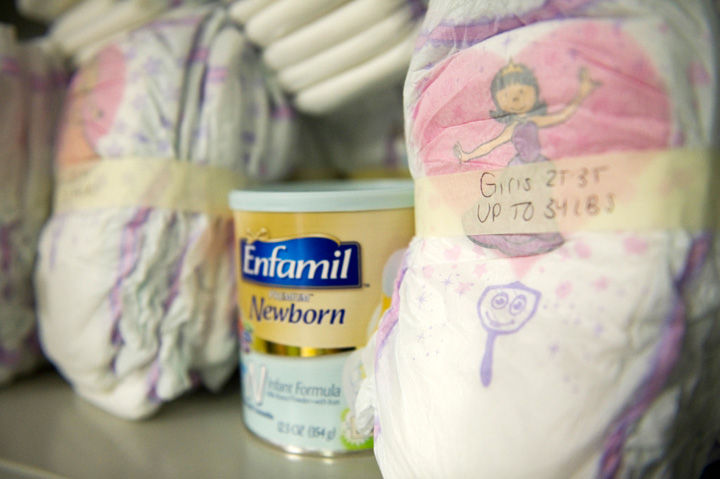REGINA – Saskatchewan’s children’s advocate says the idea of giving new moms boxes filled with baby clothes, diapers and other essentials is good, but Bob Pringle is cautious about how such a program could work in the province.

A recent BBC story talked about how Finland has been giving out maternity boxes since the late 1930s and that the infant mortality rate there has improved.
That’s in part because women must get prenatal care to get the boxes and because the boxes come with a small mattress so they can double as bassinets. Babies can sleep in the boxes instead of in the same bed as their parents, reducing the risk of accidental smothering.
Pringle says the boxes could be one part of a bigger anti-poverty strategy.
“Anything that gives a child a good start in life, anything that has an educational component like that does, anything that has a co-sleeping preventing death component like that does is good, so these are all good concepts,” said Pringle.
“I’m not saying it’s a magic bullet, but it looks like it may have some merit, but would require further implementation considerations.”
For starters, Pringle questions who might get the baby boxes – everyone or just low-income families. He says targeting poor families might reinforce stereotypes, especially because many low-income people are aboriginal.
“In Saskatchewan, no matter what we’re looking at, we have to think about the cultural dynamics because Saskatchewan, Manitoba and the two territories have the highest percentage of First Nations families and children,” he said.
The children’s advocate also says the criteria to seek prenatal care to get the box might make some women apprehensive. A number of young people who have had bad experiences with the child welfare system don’t go anywhere near medical people, he said.
Pringle said they might be afraid of losing their baby.
“Keep in mind that 80 per cent of the children in care come from aboriginal families in the province,” he said.
“Many aboriginal families, parents who are struggling with parenting, don’t go for help because their biggest fear is that they’re going to lose their children and you know what, that’s been the reality, so it’s a well-founded fear.”
The infant mortality rate is a concern in Canada and Saskatchewan.
Canada’s infant mortality rate – the number of babies who die within their first year of life – has averaged around five per 1,000 births for the past decade. Finland’s infant mortality rate is less than three deaths per 1,000 live births.
Saskatchewan has one of the highest infant mortality rates of all the provinces. In 2009, there were 6.7 infant deaths per 1,000 births, according to Statistics Canada.
Dr. Shaqib Shahab, the province’s chief medical health officer, says the Finland maternity box program is interesting, but he doesn’t think it’s necessary in Saskatchewan. There are programs and supports for low-income moms, including money to buy diapers and baby clothes, he said.
“I did talk to a few (colleagues) from northern Saskatchewan and they did say that during the prenatal and post-natal visits they do give things that they think may not be easily accessible, things like…plug protectors,” said Shahab.
“At a local level, based on local needs, there are small things that may be provided just not in terms of being a comprehensive box of goods, but just to get parents thinking about safety around the house.”
Shahab says Finland’s infant mortality rate didn’t come down just because of the maternity box.
He says it’s about a complete circle of care – prenatal checkups, helping women who may be at high risk because of their age when they get pregnant, making sure babies get immunized and nutrition for moms and infants.
“You can’t put all of those things in a box,” he said.

Comments